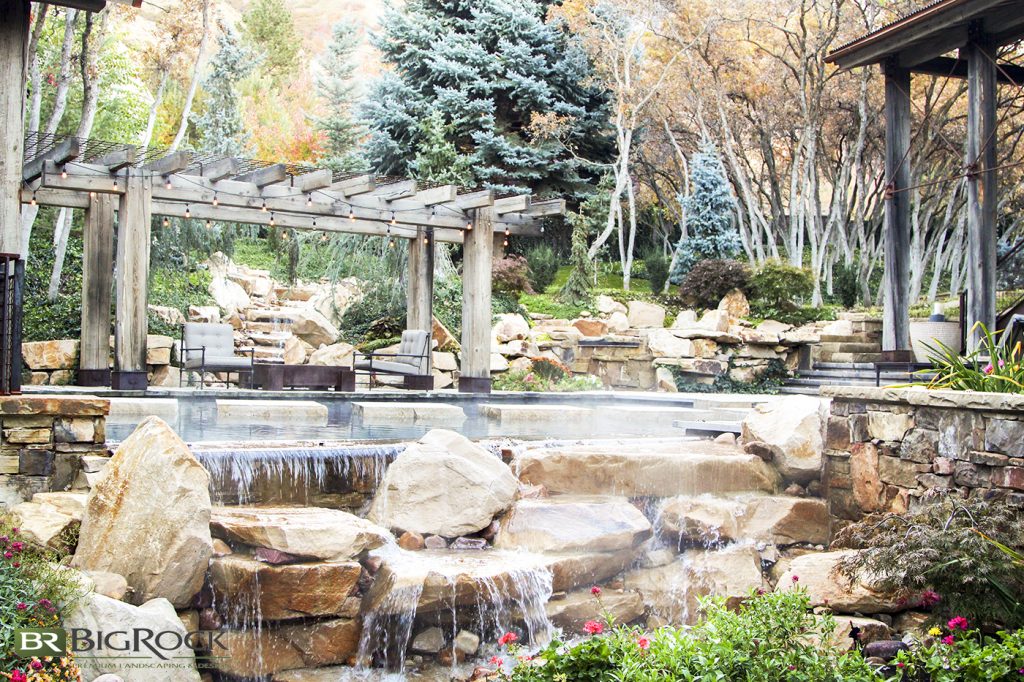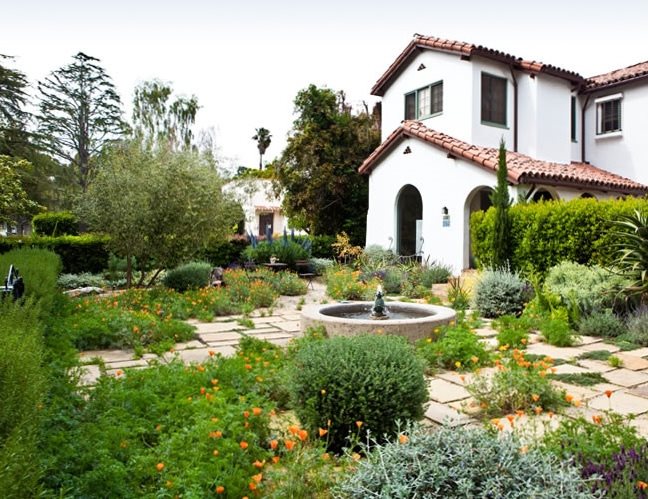The 5-Second Trick For Hilton Head Landscapes
The 5-Second Trick For Hilton Head Landscapes
Blog Article
The Ultimate Guide To Hilton Head Landscapes
Table of ContentsHilton Head Landscapes Things To Know Before You Get ThisGetting The Hilton Head Landscapes To WorkThe smart Trick of Hilton Head Landscapes That Nobody is DiscussingRumored Buzz on Hilton Head LandscapesNot known Facts About Hilton Head LandscapesHilton Head Landscapes - QuestionsSome Ideas on Hilton Head Landscapes You Should Know
Line creates all forms and patterns and can be made use of in a selection of means in the landscape. Line in the landscape is developed by the edge in between 2 materials, the rundown or shape of a type, or a lengthy direct attribute. Lines are an effective tool for the designer due to the fact that they can be made use of to develop an unlimited range of shapes and kinds, and they control activity of the eye and the body.

Lines in the landscape. The homes of lines identify how people respond to the landscape, both psychologically and literally.
The Only Guide for Hilton Head Landscapes
Straight lines are usually discovered in hardscape edges and material. Curved lines create an informal, all-natural, relaxed character that is connected a lot more with nature and asymmetrical equilibrium. Curved lines relocate the eye at a slower pace and add mystery to the space by creating concealed sights. Vertical lines move the eye up, making a room really feel larger.
Vertical lines in the landscape consist of tall, slim plant material, such as trees, or tall structures, such as an arbor or a bird home on a pole. Horizontal lines relocate the eye along the ground airplane and can make an area feel bigger. Reduced lines are much more restrained and develop a sensation of rest or repose.
The 3-Minute Rule for Hilton Head Landscapes
Low lines are produced by low yard wall surfaces, pathways, and short bushes. Lines are made use of to draw forms on a plan. In plan view, they specify plant beds and hardscape locations. Lines are also created by the upright kinds of constructed attributes and plant material. There are three main line types that develop kind in the landscape: bedlines, hardscape lines, and plant lines.
Bedlines connect plant product to your home and hardscape since the eye complies with the line, relocating the look via the landscape. Hardscape lines are produced by the side of the hardscape, which defines the developed framework. Line can additionally be produced by lengthy and slim products, such as a fencing or wall surface.
See This Report on Hilton Head Landscapes
Type is located in both hardscape and plants, and it is usually the dominant visual aspect that spatially organizes the landscape and often figures out the design of the yard. The kind of structures, plant beds, and yard ornaments additionally determines the overall type style of the yard. go Formal, geometric types consist of circles, squares, and polygons.
Plants develop type in the yard with their outlines or silhouettes, but kind can additionally be defined by a gap or negative room between plants - landscape design hilton head (https://dzone.com/users/5166843/h1tnhdlndscps.html). Circles can be full circles, or they can be divided right into half circles or circle segments and integrated with lines to create arcs and tangents
Some Known Questions About Hilton Head Landscapes.
Circles can also be stretched right into ovals and ellipses for even more variety and rate of interest. Circles are a strong style kind because the eye is constantly attracted to the facility, which can be used to highlight a centerpiece or attach various other kinds. Number 2. Circular types in hardscape and yard panels.
The square kind can likewise be segmented and previously owned continuously to create a grid pattern. Unlike circles, squares are stronger on the edges, which can be lined up or overlapped to develop distinct patterns and more complex types.
Meandering lines often imitate the all-natural course of rivers or streams and can be called smooth lines with deeply rounded wavinesses. Meandering lines (Number 3) function well for paths, plant bedlines, and dry stream beds. Meandering lines can add passion and mystery to a yard by leading viewers around corners to uncover brand-new views and spaces.
Facts About Hilton Head Landscapes Uncovered

Number 5. Fragmented sides: tipping stones in path. Type is the most long-lasting high quality of a plant (Landscapers near me). https://moz.com/community/q/user/h1tnhdlndscps?_=1719959081810. Usual plant forms are well developed and standard, as type is one of the most constant and well-known feature of plants. Kind can likewise be created with the massing of plants, where the general mass produces a various form than an individual plant.
A highly different type has to be utilized with careone or 2 work well as a prime focus, however a lot of wreak havoc. Natural plant forms, instead of over-trimmed forms, must establish the bulk of the make-up. The importance of overall form is basically based on the viewing perspectivethe form of a tree can show up rather different to a person standing under the cover versus seeing the tree from a range in an open field.
The Buzz on Hilton Head Landscapes
Plant types additionally create and specify deep space or open rooms between the plants, developing either convex or scooped kinds in deep spaces. High-arching tree branches generally create a concave open area under the branches, and a round cover with reduced branches fills up the room to create a convex form outdoors room under the tree.

Report this page